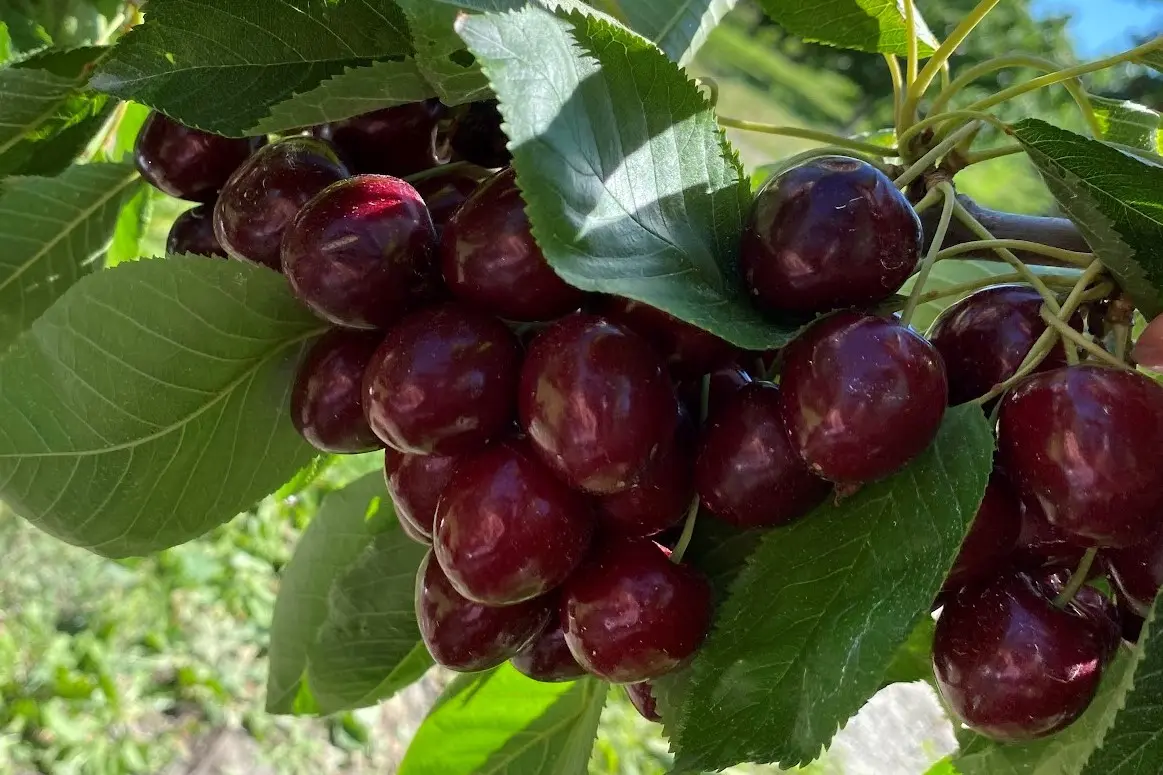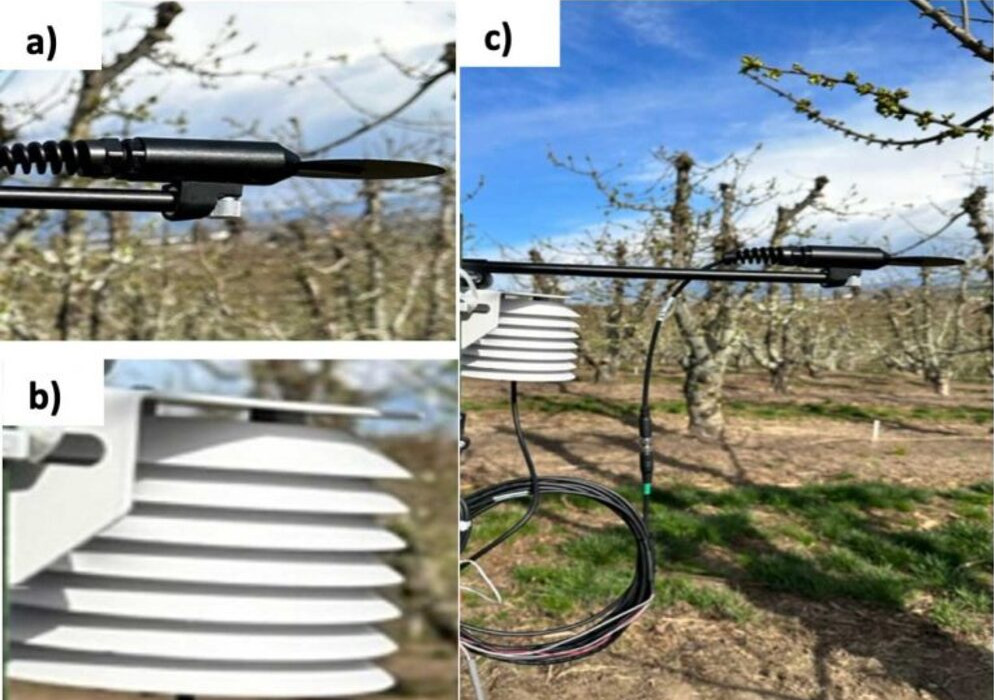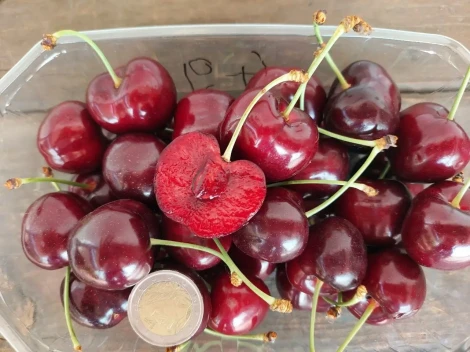A recent study conducted by the Instituto de Investigaciones Agropecuarias (INIA) in Chile examined the relationship between mineral content and fruit quality in three sweet cherry cultivars: “Santina”, “Lapins”, and “Regina”, among the most widely grown in the country’s production areas.
The study investigated how the main commercial quality parameters (weight, size, and firmness) are associated with the mineral composition of mature fruits, a topic of great interest for technicians and growers who often manage fertilization based on expected quality traits.

Genetic influence on quality
The results showed clear differences among cultivars, confirming the strong influence of genetics on fruit quality. Firmness was highest in “Regina” (around 350 g mm−1), followed by “Lapins” and finally “Santina” (around 250 g mm−1).
In contrast, size and weight were highest in “Lapins”, with average values of 32 mm and 14 g, while “Santina” and “Regina” showed no significant differences. Mineral composition also displayed cultivar-specific patterns: “Lapins” had higher concentrations of calcium, magnesium, manganese, and boron, whereas “Santina” stood out for its sulfur content.
Dry matter content increased progressively from “Santina” (17.2%) to “Lapins” (18.5%) to “Regina” (20.2%), consistent with the longer fruit development period of later-season cultivars.
Correlations with mineral content
Correlations between nutrients and qualitative traits showed that firmness was positively correlated with nitrogen in all cultivars, and with phosphorus in both “Lapins” and “Regina”, suggesting a possible link to structural components of the cell wall and membranes.
However, contrary to findings from other studies, no direct relationship emerged between calcium and firmness: the cultivar with the highest Ca content (“Lapins”) was not the firmest. This highlights how the role of calcium in determining fruit firmness may be genotype-specific rather than generalizable.
Dry matter showed no correlation with weight, size, or firmness, confirming that it cannot be considered a direct indicator of the fruit’s physical characteristics, despite its association with soluble solids content.
Additional correlations and implications
Weight and size were, on the other hand, strongly correlated (r = 0.97), as expected for stone fruits. Notably, a negative correlation between copper and zinc with fruit weight and size was observed in “Santina”.
Overall, the study shows that the mineral composition of sweet cherry fruit varies considerably and that interactions between nutrients and qualitative traits are complex and genotype-dependent. This implies that nutrition and fertigation strategies should be calibrated at the cultivar level rather than based on generic standards.
Finally, the researchers conclude that although some common relationships exist, such as nitrogen–phosphorus and potassium–boron correlations across all cultivars, it is not possible to define a single “reference value” for nutrients in sweet cherry fruit.
The study therefore provides useful baseline data for the nutritional characterization of “Santina”, “Lapins”, and “Regina”, and encourages the cherry industry to adopt more targeted and informed nutritional management practices based on specific analyses and the interaction between genetics, environment, and crop techniques.
Source: Hirzel, J., & Díaz, J. (2025). Relationship between mineral content and fruit quality attributes firmness, size and weight of three sweet cherry cultivars. Chilean Journal of Agricultural Research, 85(4), 623-634. http://dx.doi.org/10.4067/s0718-58392025000400623
Image source: Mindrip
Andrea Giovannini
University of Bologna
Cherry Times - All rights reserved













